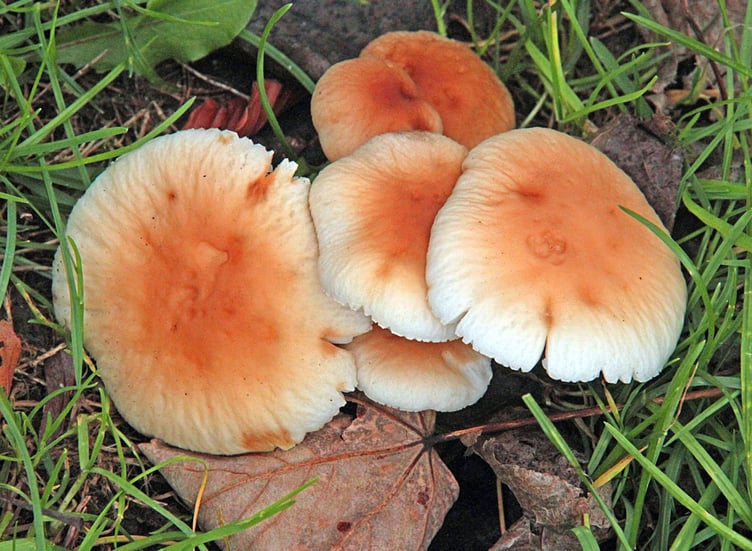WHEN I looked out of the window onto the back garden, I thought I could see a squirrel in the bright sunlight but I was delighted to see that it was a hedgehog making its way along the edge of the lawn.
Perhaps it had woken up from hibernation or not even entered it due to the mild weather and was looking for some food, so Helen placed a small plate of cat food in front of it, but he walked around it.
I know that these prickly little animals do occasionally wake up during hibernation and if they are hungry, they take a walk around to find some food but usually they do it during the night.
I reckon it became aware of the bright sunlight and decided to have a look around.
The sun had brought out lots of German wasps that were feeding on the Castor oil plant outside our back door.
These wasps have very hairy heads but lack the white ‘anchor’ that our common wasps have on their faces. There is a wasps nest with a large entrance in the hedge beside our driveway.
Every day I go and watch these insects with their ‘rugby shirt’ bodies and no matter how long I watch there are always one or two flying in or out.
I caught a lift to St Ive so I could walk back to Quethiock and I saw some mushrooms that were easy to identify.
They were Velvet Shanks and were growing in a cluster on a rotten tree trunk on the roadside bank.
These mushrooms can survive being frozen during the winter and when they thaw out, they can produce more spores.
There was lots of colourful bracken on the hedges reminding me that it is autumn but I found a group of hedge woundwort plants that must have got the seasons wrong as several of them were out in bloom.
Since the time of the ancient Greeks, the leaves of woundwort were used to stem bleeding from cuts on the body, made by farm tools and knives.
Hogweed is another plant that seems to have the months wrong.
Usually seen between May and September with its umbels of numerous, tiny white flowers, I came across one in Darky Lane that, oddly enough, had half a dozen yellow dung-flies on it.
When I was a boy, hogweed provided us children with long hollow stems that we used as pea shooters.
Unfortunately pea shooting youngsters are very few and far between nowadays, no doubt due to the warning that the juice from hogweed stems did cause a bit of a rash on the lips.
However, hogweeds’ wide blooms provide feeding and mating places for many insects during the summer months.
On a wet piece of ground near the village I spotted some red/orange berries of the stinking iris plant.
After the flowers have finished, large capsules of berries form on the plant stems and when these turn brown, they split to reveal numerous fruits that remain attached to the stem for the winter.





Comments
This article has no comments yet. Be the first to leave a comment.